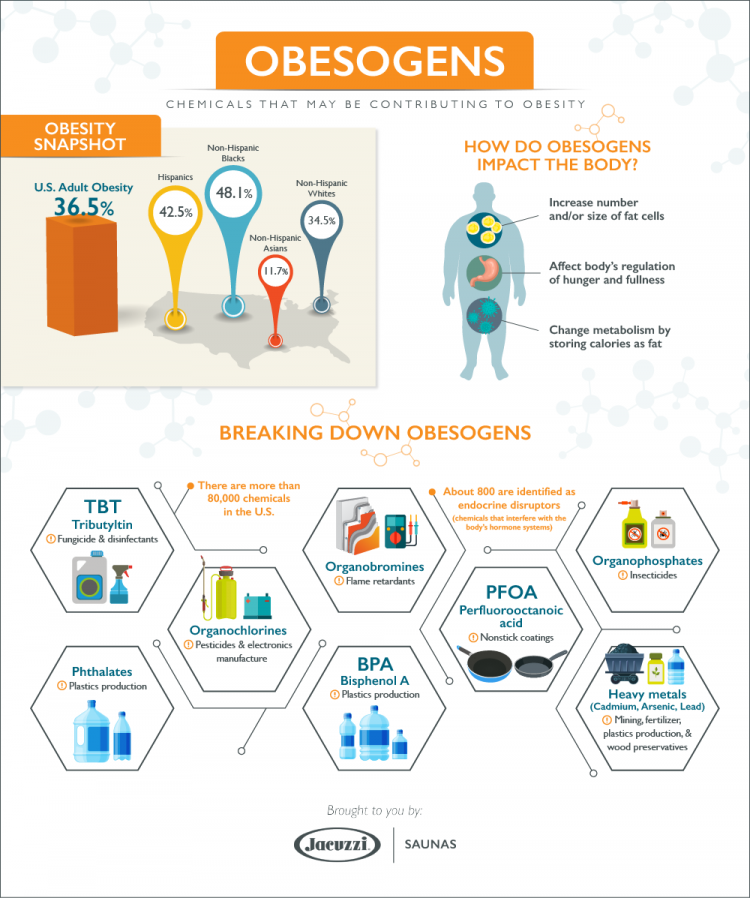Unfortunately, the cold weather also means cold season. Staying healthy is extremely important, and getting a cold can put a damper on your day-to-day life. Thankfully, there are a few things you can do at home to naturally reduce common cold symptoms and precautions you can take for future cold prevention. Learn more about the common cold and follow these prevention tips and remedies to help make cold season less daunting.
Winter Cold Symptoms & Causes
The common cold is an upper respiratory tract infection that is transmitted through virus-infected airborne droplets or contaminated surfaces. Though the common cold can be caught at any point in the year, winter colds are most prevalent due to drier air conditions, more time indoors closer to people, and cooler temperatures that may allow viruses to replicate faster. If you are feeling under the weather this season, watch for common cold symptoms such as:
| Runny nose | Congestion |
| Stuffy nose | Slight body aches |
| Sore throat | Mild headache |
| Cough | Sneezing |

Natural Cold Remedies
Use an Infrared Sauna
Far infrared heat has been shown in studies to relieve nasal stuffiness, runny nose, and sneezing. Spending time in an infrared sauna can reduce cold symptoms and can also help detoxify your body to reduce the number of toxins present.
Take Vitamin C
Vitamin C plays an important role in your body and has many health benefits – one of the biggest being an immune system boost. Getting enough vitamin C can relieve illnesses, and can help naturally reduce the length of a cold.
Steam in a Shower
The steam in a hot shower helps moisturize your nasal passages and aid in decongestion, especially when paired with aromatherapy. A warm shower before bed also helps promote better sleep, which helps speed up recovery.
Rub on Menthol
Some mentholated rub under your nose can help open air passages to combat congestion, reduce coughing, and improve sleep. Menthol also has mild numbing ingredients that may help relieve the pain of an irritated nose.
Mix in Honey
Honey has a variety of antibacterial and antimicrobial properties. Drinking honey and lemon in tea can ease sore throats, and honey before bed can help improve sleep. Research suggests that honey is an effective cough suppressant, as well.

Make Chicken Soup
Chicken soup is comforting, but research suggests that chicken soup with vegetables, prepared from scratch or warmed from a can, can enhance the movement of white blood cells in your body that help protect your body from infection.
Gargle Salt Water
Gargling with salt water may help prevent upper respiratory infections. It may also decrease the severity of cold symptoms. For example, it may ease sore throat pain and nasal congestion.
Drink Echinacea
Echinacea’s active ingredients include flavonoids, chemicals that have many therapeutic effects on the body such as boosting your immune system and reducing inflammation. Drinking echinacea tea can help reduce cold symptoms.
Cook with Garlic
Garlic contains the compound allicin, which is believed to have antimicrobial properties that help reduce cold symptoms naturally. If you don’t like the taste of garlic, you can take a garlic supplement to still enjoy all the health benefits.
Boil Some Ginger
The health benefits of ginger root have been touted for centuries, and studies today show that it is indeed antibacterial, antiviral, and anti-inflammatory. A few slices of raw ginger root in boiling water may help soothe a cough or sore throat.

Cold Prevention Tips
Avoid Crowds
Unfortunately, large crowds allow for more germs to be present and can help them spread more easily. If you are doing anything social, keep the group smaller so you have a better idea of other peoples’ health.
Be Active
Physical activity may help flush bacteria out of the lungs and airways. This may reduce your chance of getting a cold, flu, or other illness. Exercise causes change in antibodies and white blood cells that help the immune system fight disease.
Eat a Healthy Diet
Your meals should have the right balance of nutrients you and your baby needs. This also means choosing healthier drinks like water, having frequent small snacks, and bringing your sugar intake down a notch, to name a few.
Get Adequate Sleep and Rest
Getting plenty of rest, relaxation and sleep (around 8 hours) is critical to your health. Your body is going through a lot, and a tired body means a weakened immune system, leaving you more susceptible to illness.
Reduce Stress
As noted above, a rested body helps your immune system work better. A healthy immune system can help shorten your sick period. Reducing stress will make it easier for your body to function properly and fight illness if need be.

Stay Hydrated
Along with eating well and exercising comes staying hydrated. Fluids are essential to a well-functioning, healthy body because they wash out your system, so drink water as often as possible.
Take Supplements and Vitamins
Vitamins and supplements can be very useful tools in helping your body build a strong immune system to avoid sickness. Think of them as bricks on the wall of defenses your body is building up to fend off the viruses you might encounter daily.
Wash Your Hands
Germs can enter your body to infect you when touched. However, you can avoid germs by adopting consistent hand washing. Wash your hands when out in public, after touching contaminated surfaces, and before touching your face.
Wear a Mask
Wearing a mask can play a big role in keeping you safe from infection and illness, especially in highly-trafficked places such as schools, hospitals, restaurants, shops, and transportation.
Talk with Your Doctor
Above all, always be careful to talk with your doctor before making any major health decisions. If you feel yourself starting to come down with something, check to make sure any remedies you try are safe and healthy for you.
This cold season, try these natural cold remedies and prevention tips to keep your health in top shape. As mentioned above, consult your doctor if you feel your symptoms are concerning or if you believe you may have come down with something more severe. Health is a top priority, and these winter cold tips are great ways to ensure that!
 Canada
Canada Australia
Australia New Zealand
New Zealand Malaysia
Malaysia China
China


























